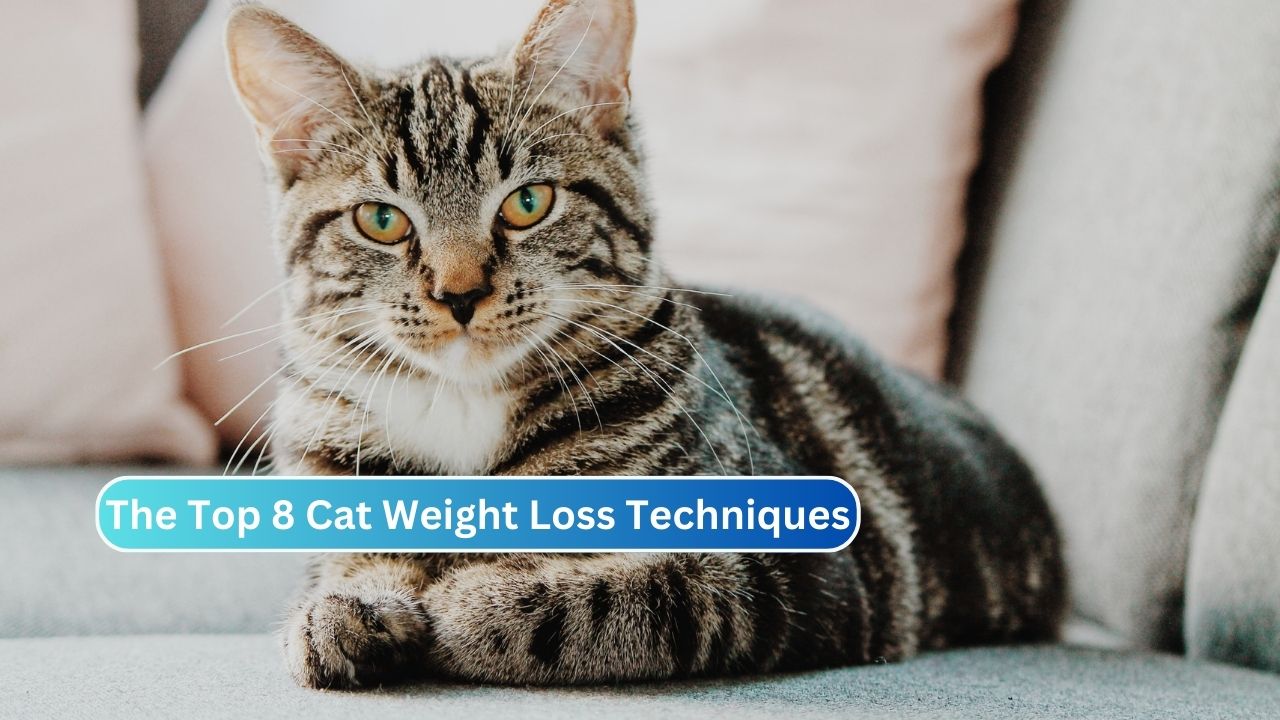Cats, known for their independent and sometimes finicky nature, can face health issues if they become overweight. Obesity in cats can lead to various health problems such as diabetes, arthritis, and a decreased lifespan. Just like in humans, maintaining a healthy weight in cats is crucial for their overall well-being. In this article, we will explore the top eight cat weight loss techniques to help your feline friend achieve and maintain a healthy weight.
Balanced Diet
The foundation of any weight loss plan is a balanced diet. Consult your veterinarian to determine the appropriate caloric intake for your cat’s weight loss goals. Transition to high-protein, low-carbohydrate cat food, and consider feeding smaller, more frequent meals to boost metabolism.
Interactive Play and Exercise
Encourage physical activity through interactive play. Engage your cat with toys that mimic prey, encouraging them to move and burn calories. Regular play sessions not only contribute to weight loss but also enhance your bond with your feline companion.
Portion Control
Monitor portion sizes closely to prevent overfeeding. Use measuring cups to ensure accurate servings, and avoid free-feeding to regulate calorie intake. Consistency is key, so establish a feeding schedule that aligns with your cat’s weight loss plan.
Hydration
Adequate water intake is essential for overall health and weight management. Wet cat food or adding water to dry kibble can increase hydration levels. Proper hydration supports metabolism and helps your cat feel full, reducing the likelihood of overeating.
Consultation with a Veterinarian
Before implementing any weight loss strategy, consult with your veterinarian. They can assess your cat’s overall health, identify any underlying issues, and tailor a weight loss plan to meet your cat’s specific needs.
Incorporate Puzzle Feeders
Make mealtime engaging by using puzzle feeders. These devices dispense food gradually, requiring your cat to work for their meal. This not only stimulates their mind but also slows down eating, promoting a sense of fullness.
Monitor Treat Intake
While treats can be a delightful way to reward your cat, excessive treats contribute to weight gain. Opt for low-calorie treats and use them sparingly. Consider incorporating interactive treat-dispensing toys to make treat time more engaging.
Regular Veterinary Check-ups
Schedule regular check-ups to monitor your cat’s progress. Adjust the weight loss plan as needed based on your veterinarian’s recommendations. Regular examinations help catch any emerging health issues and ensure a safe and effective weight loss journey.
Conclusion
Helping your cat achieve and maintain a healthy weight involves a combination of proper nutrition, exercise, and mindful habits. Implementing these top eight cat weight loss techniques can contribute to your feline friend’s overall well-being and longevity. Remember to consult with your veterinarian before making significant changes to your cat’s diet or lifestyle to ensure a safe and effective weight loss journey.
